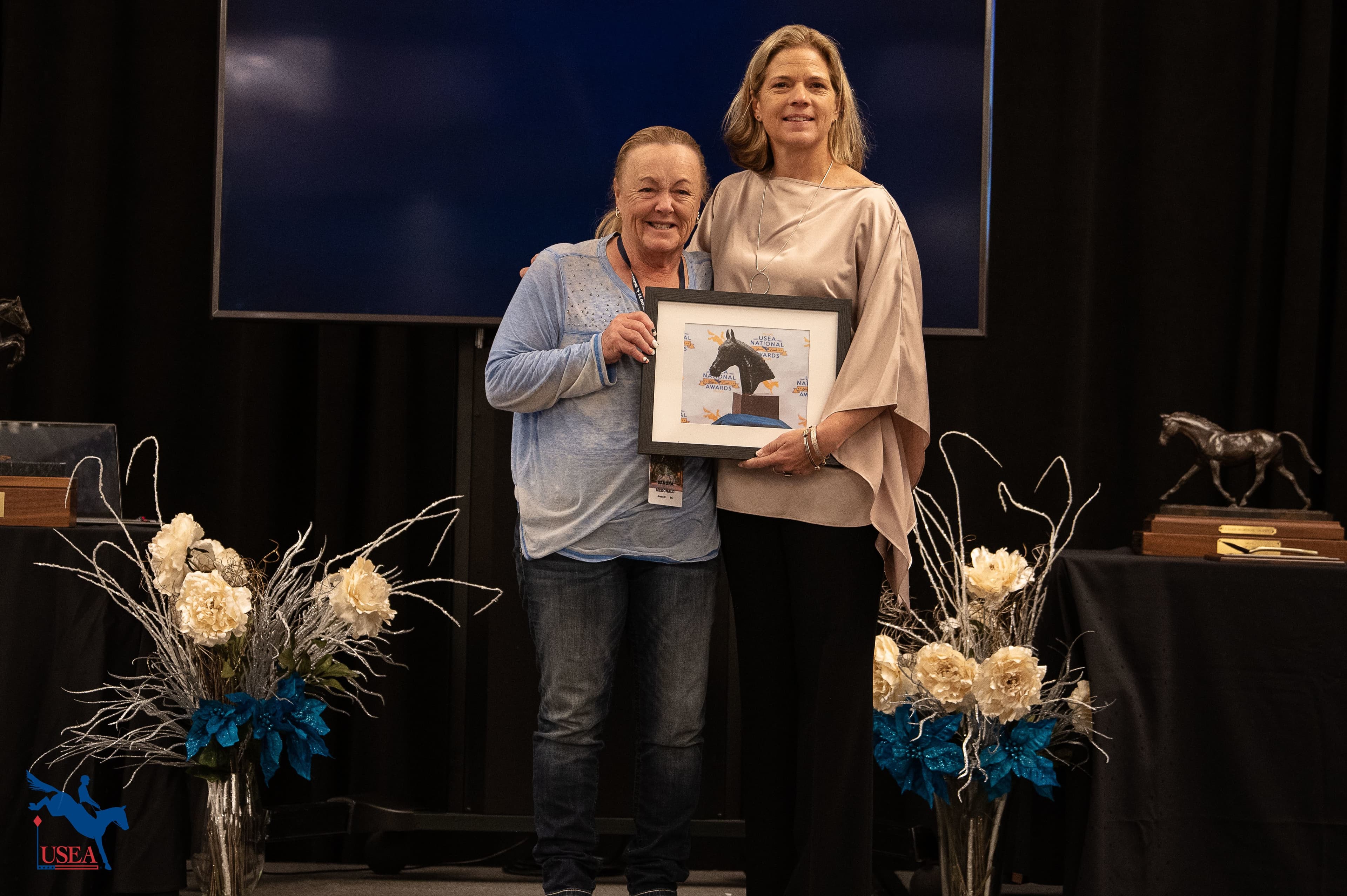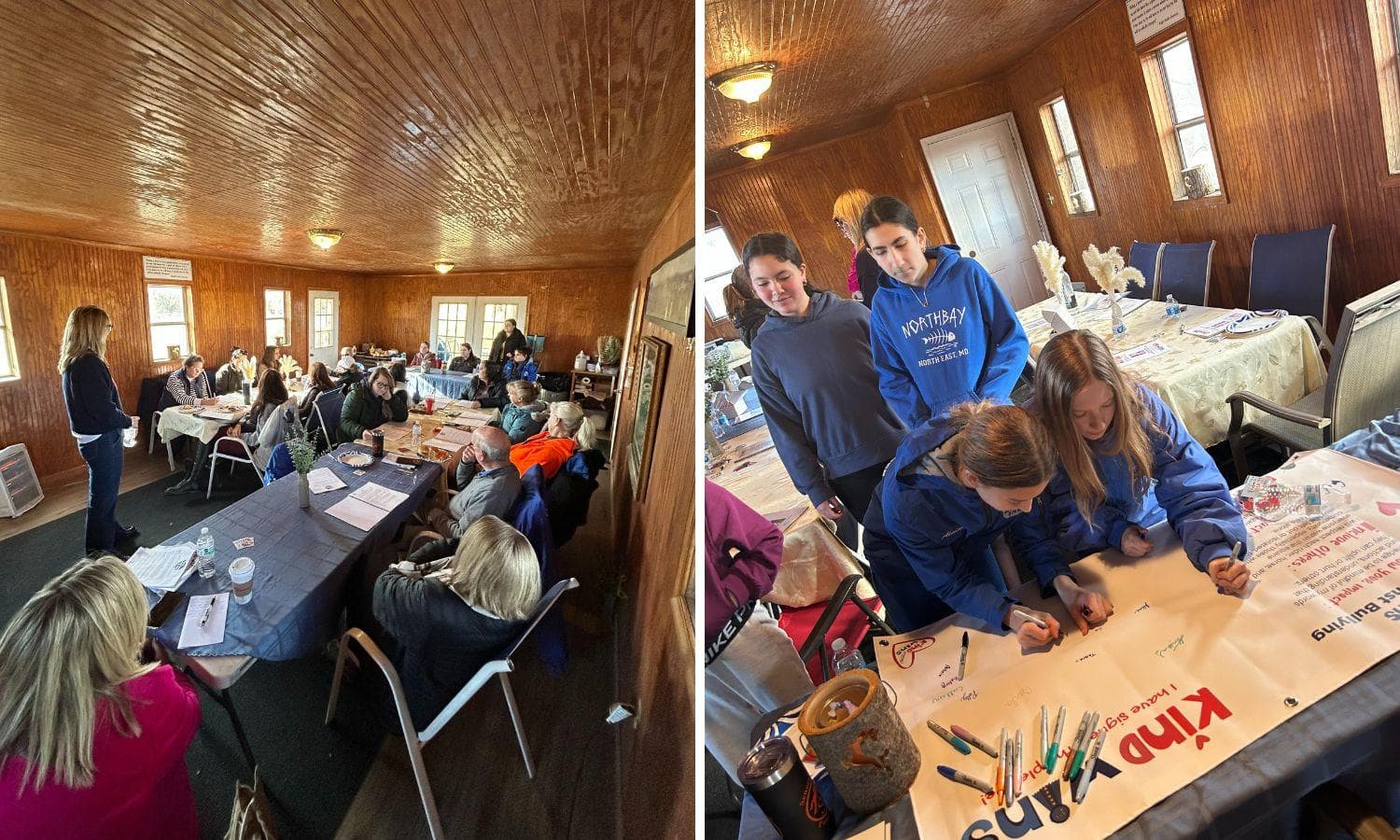The sad news from Red Hills comes at a time when the USEA is taking a hard look at the sport of Eventing. During the December 2007 Convention in Colorado Springs, the USEA reaffirmed its commitment to horse and rider safety as the paramount consideration in the governance of our sport. The centerpiece of the Convention, the all-day-Saturday G10 Summit, was devoted exclusively to a full and open discussion of the safety issue among all of the stakeholders in the sport—riders, trainers, coaches, breeders, owners, officials, organizers, parents. A number of positive changes came out of our discussions in Colorado Springs, including the implementation of beefed-up qualification standards at preliminary level and higher that will go into effect this December 1.
Having said that, I remain deeply concerned with the direction the sport has taken over the past several years. It would be unfair and counterproductive at this juncture to focus on any one incident, cross-country course, or horse trials. We should never jump to conclusions regarding single incidents, let alone lose sight of the fact that there is, and will always be, an element of risk in any sport involving horses. And I will never point fingers or be a party to personal attacks on any individual involved in the sport, no matter how much I might disagree with his or her views. But the overall trends, particularly over the last three years, are unmistakable—and in my view totally unacceptable. I know that my concern that the sport has gotten off track is shared by many of our members, amateurs and professionals alike.
We seem to be in an ever-spiraling loop in which the aspect of cross-country that attracted most of us to the sport in the first place, the joy and thrill of galloping rhythmically over jumps across country, has been replaced with questions of extreme technicality and a proliferation of combinations taken at show-jump speed. It appears that the driver behind this emphasis on increased technical difficulty is the need to challenge and sort out the elite combinations competing at the highest levels of the sport. The net effect of this shift in emphasis, however, has not been confined to the upper levels. Rather, because of the need for each level to serve as preparation for the next, the sport has been altered all the way to the novice and training levels. This has left a large proportion of our core USEA membership—the 90-plus percent of Eventers who will never compete above preliminary—asking whether there is a place left for them in the sport.
Our members want courses that provide fun and challenge, and that leave both horse and rider feeling elated and wanting more. Unfortunately, this is all too frequently not the experience that is reported by many of our members. Cross-country should be a positive, exhilarating and educational experience for an appropriately prepared horse and rider. That is particularly true at the levels populated by adult amateurs and youngsters.
And what about our horses? Does the gallop-collect-gallop-collect nature of many of our courses, combined with the rigid adherence to established optimal speeds despite the twistiness of many modern courses, best serve the talents and abilities of our mounts? We owe the highest duty of care and compassion to these wonderful animals—in my view, the bravest and most noble horses in the world.
What can we do? The answer is plenty. To begin with, we need the active participation of our membership. When you are concerned with the direction of the sport you love, it is not good enough to sit on the fence and passively watch events unfold. Get involved! And I don’t mean just the “grass roots” USEA membership (which judging by the large number of emphatic emails I have received in the last few days is already energized). We also need the active involvement of a broad spectrum of our Eventing professionals, the riders, trainers and officials out there who do not belong to the small coterie who have dominated the direction of the sport over the past twenty years. I believe there is a “silent generation” of Eventing professionals, most in their thirties or early forties, who are concerned with the current condition of the sport. In large part, these professionals have not actively participated in the governance of the sport or spoken up publicly, perhaps because they feel that their voices won’t be heard or, worse, because they feel intimidated by the “old guard” at the top. Well, I have a message for that “silent generation”: now is the time to speak up. I challenge all Eventing professionals to take a stand on this critical issue and get involved. It’s now or never. I promise that your voices will be heard. And I also have a message for those who would block constructive change in the sport: Expect a fight. Neither I nor the USEA is going to stand idly by while our sport continues down this path.
Over the past several months, Darren Chiacchia has taken a leadership role in terms of looking at how we can modify our national level courses, particularly at preliminary and training, to better suit the majority of horses and riders competing at these levels. Through his position as chairman of the Professional Horsemen’s Council, Darren worked with multiple USEA committees and spearheaded the development of a “white paper” on potential changes to cross-country courses that was presented to the Board of Governors in Colorado Springs. Included among the concepts discussed in the white paper were fewer technical questions, more forgiving jump faces, fewer combinations, more realistic optimal speeds and the like. I appointed Darren as the leader of a USEA task force charged with converting the ideas in the white paper into concrete rule-change proposals, to be submitted to the USEA Board of Governors and then forwarded on for action by the USEF Eventing Technical Committee (chaired by my fellow USEA Governor Malcolm Hook). During Darren’s convalescence, I have asked Gina Miles, his close collaborator in developing the white paper, to move forward with the task force’s work on an expedited basis. A number of other prominent figures in the sport, among them Kim Severson, have also volunteered to become actively involved in this effort. I, too, will work closely with this task force. I believe it is equally important that all segments of our membership forcefully express their views on the necessity of the types of changes being addressed by this task force. Please pass your thoughts on to me—I will forward them to Gina, Kim and the other members of the task force.
On a separate track, the USEA will immediately investigate avenues to work with veterinarians and equine research professionals to find ways to reduce the stressors on our horses and explore the mechanisms of equine cardiovascular failure. If it makes sense to do so, I will ask the USEA Board of Governors to commit funding to this effort. We reaffirm the USEA’s commitment to ensuring the well-being of our equine partners as well as the safety of our riders.
As many of you are aware, the USEA Board will be conducting a strategic planning session in Leesburg, Virginia this coming Friday and Saturday. This will be a topic for the meeting and I will solicit additional input on ways to move forward quickly and positively with these initiatives.
Again, this is no time for fence-sitting. If you believe it is time to stand up for your sport, please make your voice heard and volunteer to be part of the solution. Please contact me at [email protected] or at (206) 621-1480.














